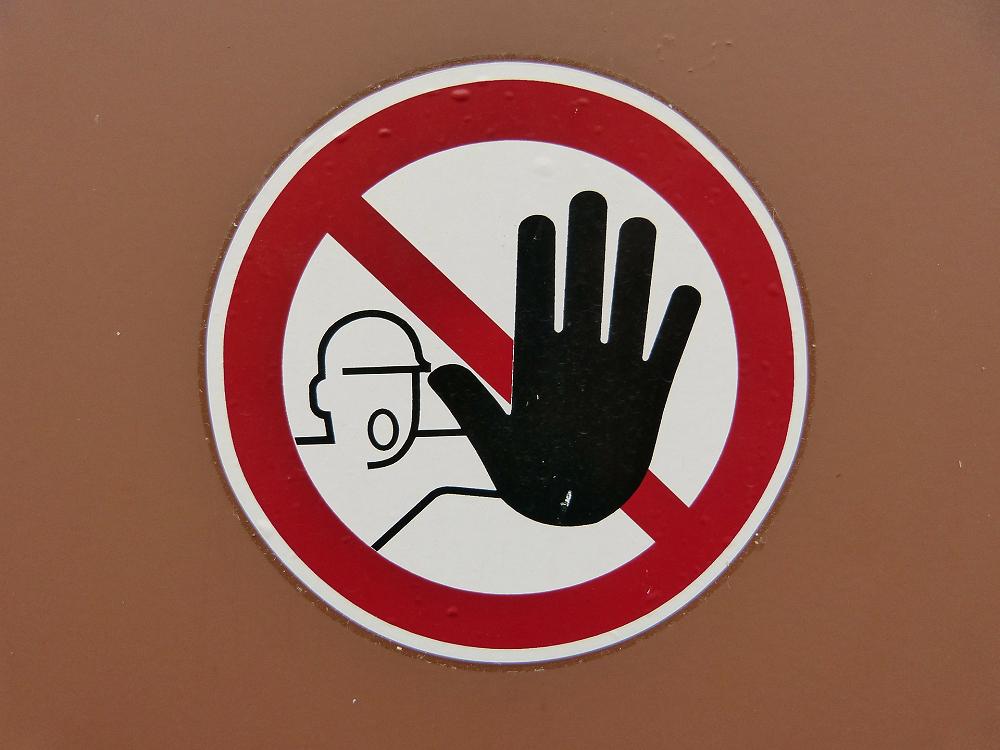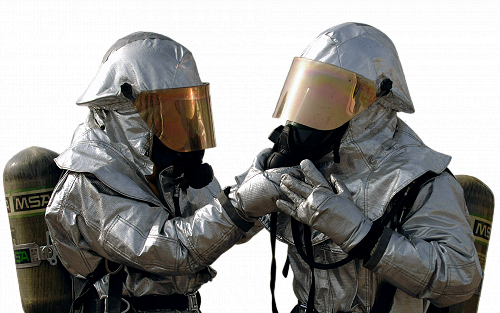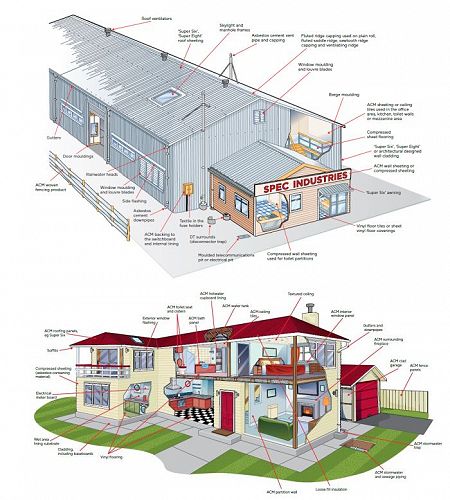
Hazardous Substances Reminder: Asbestos and Lead
In many of our buildings there lurk hazards which can come the the fore during repairs, renovations - or even regular cleaning and maintenance.
The most common of these are lead and asbestos.
Lead Contamination

In our churches, the most likely sources of lead contamination is old (pre-1970) painted surfaces (particularly if lead based primer has been used in the past) and leaded stained glass windows.
For paint, there can be issues if existing paint has deteriorated and is "flaking" in any way (airborne risk) or has had rainwater running over it and seeping into the ground.
For lead stained glass windows, the risk can be increased when water (rain or condensation) runs over the lead, with residues remaining on the inside of windows or sills, or the water runs onto the ground outside.
The Ministry of Health do have a page on their website on this, including some advice on treatment and prevention as well as links to other (international) advice. They don’t specifically have lead-stained glass windows in mind, but do talk about wet-dusting floors, ledges, window sills and other flat surfaces at least once a week to ensure that nothing toxic/hazardous builds up. Most of the emphasis the Ministry have in their advice is on protecting children from lead poisoning.
Advice
If you are unsure, get your premises tested by a qualified person. You can purchase over the counter lead testing kits (most paint retailers will have these) which can give you a heads up, but do get a proper test to see any extend of contamination.
For advice about how to protect yourself and your family from lead poisoning if your house or church premises are being repainted, go to Removing lead-based paintor talk to a health protection officer at your local public health unit.
If renovating older buildings, seek advice (as above) about controlling leaded paint chips and dust. If the house was built or repainted before 1970, assume that the paintwork is lead-based, unless a test shows that it is not. Make sure any contractors you use know that they need to have a plan in place and treat this seriously and with proper precautions (see work related lead in paint document attached below)
Use only qualified contractors for any decontamination/remediation work (this is not something you want to skimp on).
Ensure this is made an agenda item on your Vestry or Committee agenda: log it in your risk register and make a plan for how you are going to tackle the problem and how you will ensure people are safe from exposure to contamination in the meantime.
If you do need to carry out a deeper clean inside your building, ensure that this is done by professional cleaners (who know that lead has been identified in the area, and have an appropriate health hand safety plan). For any on-going cleaning/maintenance, ensure people have appropriate personal protective equipment (PPE) and any potentially contaminated waste is appropriately disposed of.
See also two attached documents at the bottom of this article
Asbestos Contamination

Asbestos lurks more commonly than many of us realize. The InterChurch Bureau (ICB) have given some advice in a handy fact sheet (attached below) that can be added into your health and safety folder. Overall, asbestos is not dangerous if it is contained/undisturbed, but can become hazardous when disturbed, especially during any building repairs or renovations
They advise:
Only use qualified asbestos surveyors.
Only use licensed asbestos contractors for work involving asbestos.
Confirm the asbestos status of your building/s before undertaking ANY work (regardless of the amount of work).
Notify WorkSafe of Major Incidents WorkSafe 0800 030 040

Asbestos contamination is a notifiable incident.
Relevant Legislation/WorkSafe documents (and there may be more):
What else can we do?
Make sure you note any issues in your Hazard Identification Form (see also Hazard Management Overview and Risk Management Assessment Chart) and have a plan for mitigating or eliminating the risk, including restricting access to areas where problems have been identified if you are advised to do so.
Make sure any contractors or other workers know about the problems and have a plan in place to deal wit hit.
Remember, part of our duty is to keep people safe and not exposed to hazards that we know about.
Other forms and templates from ICB can he found here
Gallery




